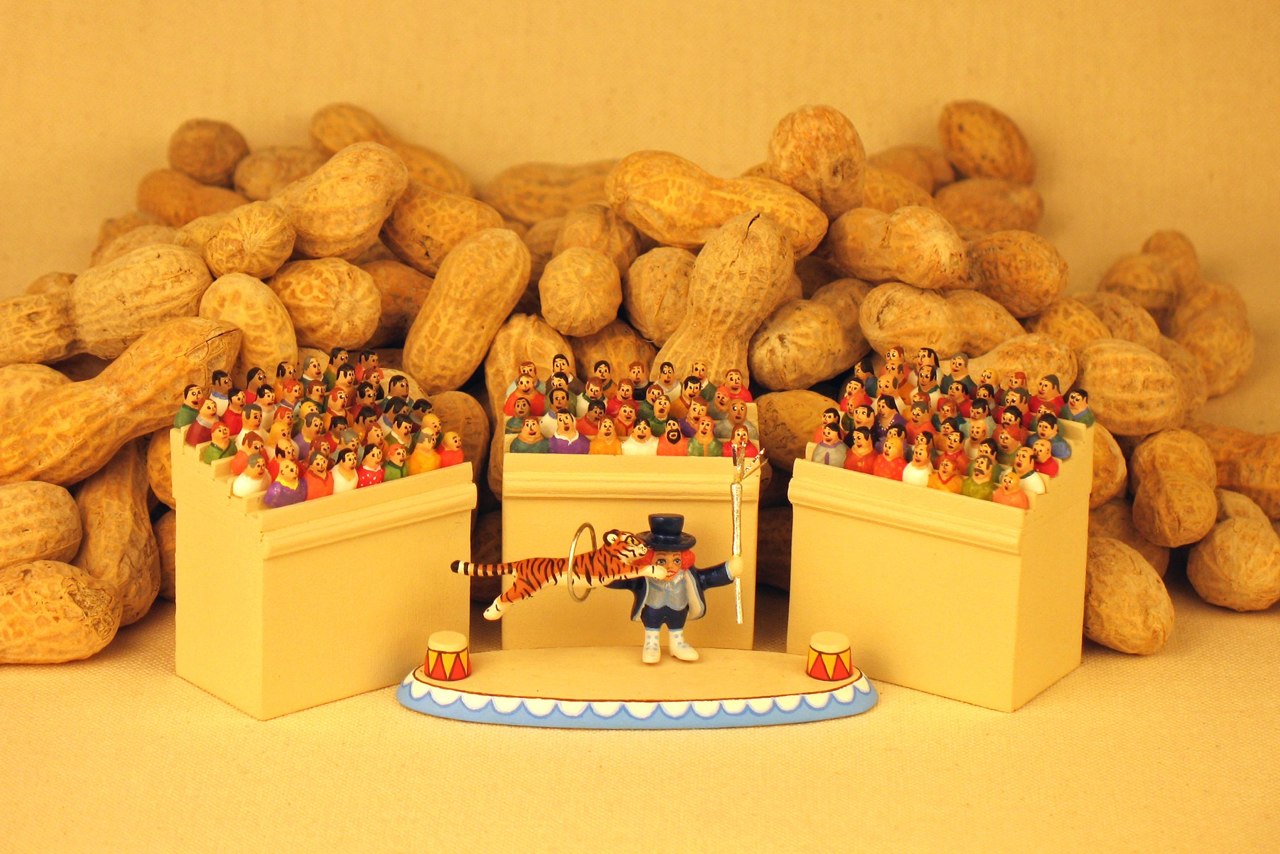Wax Nostalgic Crayon Carvings
| Instagram | Facebook | Tumblr | Etsy |
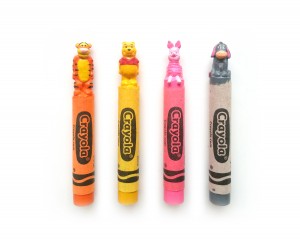 How did you first start making miniature crayon carvings?
How did you first start making miniature crayon carvings?
When I was in dental school, I saw the work of another artist who carved some things out of crayons. This struck me because I was already doing similar work in school where we had to carve teeth out of wax. I wanted to give it a try then, but I was just too busy at the time. It wasn’t until a few years later after I withdrew from dental school that I had an opportunity to try it. My friend was putting on a small art show and invited me to participate. I remembered the crayon carvings I saw earlier so I gave it a try and the rest was history.
Do you remember the very first carving you ever made? Do you still have it?
The first thing I remember carving was in the sixth grade. We were studying ancient Egypt. As a related art activity, we had to carve sphinxes out of a bar of soap. Many students ended making very flat soap bar shaped sphinxes. I realized though to carve an accurate sphinx, I had to cut it in half lengthwise in order to get the right proportion to make the sphinx.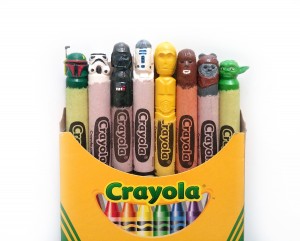 The only tools we were allowed to use were paper clips so maybe that’s why others were less aggressive with their carving. However, I was always a perfectionist and apparently good at visualizing things in three dimensions in my head from a young age. The sphinx turned out well and I ended up giving it to another student. Even if I had kept it, I doubt soap is a very long lasting medium.
The only tools we were allowed to use were paper clips so maybe that’s why others were less aggressive with their carving. However, I was always a perfectionist and apparently good at visualizing things in three dimensions in my head from a young age. The sphinx turned out well and I ended up giving it to another student. Even if I had kept it, I doubt soap is a very long lasting medium.
The first crayon carving I did ended up being a pink horse. I wanted to do a test run before making what I was planning for that first art show. I figured I wasn’t going to use the pink crayon so I chose that color to use. I thought about what I could make that was pink and a unicorn popped in my head. I soon decided that the horn might be challenging so I skipped that part and just made a horse. This carving I still have.
What themes do you enjoy covering in your work?
I have a heavy interest in pop culture so making anything in that realm is satisfying, especially if I personally like the subjects. This can include sources like movies, television, cartoons and comic books. I tend to mainly create carvings for other people so I don’t always have control of what I make. However, I’m satisfied if I feel like I’ve done a good job.
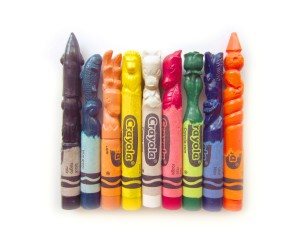 What’s the most challenging aspect of creating a miniature crayon carving?
What’s the most challenging aspect of creating a miniature crayon carving?
One challenging aspect is how I add the extra colors on my crayons. Most people assume I paint the crayons. I’m a purist though so I actually melt and apply wax from other colored crayons drop by drop. After it cools, I can smooth it out or carve as needed. A complication with this process though is the fact that the melted wax I’m adding often melts the underlying wax slightly. This can cause the colors to blend which is usually never wanted. Whenever this happens, I have to carve all the wax away and try again until it’s applied cleanly. This can be a tedious process, but it’s manageable.
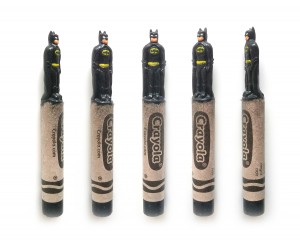 Can you describe the care process for owners of your work?
Can you describe the care process for owners of your work?
I sometimes get asked about issues with crayons melting. Crayola states that the melting temperature is around 120 to 150 degrees (I guess depending on the color). Those are conditions that most people do not live in. I’ve shipped out hundreds of crayons from Australia to Arizona and I’ve never heard from anyone about their crayons melting. They can get dusty though so I also sell glass tubes to keep them in. Of course, crayons are somewhat fragile so dropping them from a height is not advisable.
What advice would you give to new artists?
This advice is less about creating art and more about marketing yourself. If you want to get your work seen by a large audience, you have to embrace social media. It’ll help you build an audience who will in turn hopefully share your work with others. Making art can be a lonely process but knowing that people out there appreciate your work is great motivation to continue doing so. Find a site or app that works for you (or use them all) and post regularly to keep your fans engaged. Use hashtags.
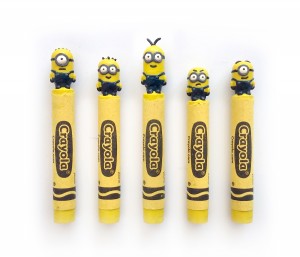 What is the most memorable miniature you have ever seen by another artist?
What is the most memorable miniature you have ever seen by another artist?
There are a variety of artists who carve amazing things out of pencil lead. I’ve wanted to try it myself but it’s somewhat intimidating considering the immense skill they exhibit.
Why miniature crayon carvings?
One reason is that there aren’t a lot of artists who carve crayons so it makes it easier to stand out. There are many artists in the world doing many different types of work so it’s important to try to stand out. You either have to do something unique or do something very well. With my years of working with crayons, I’ve been able to do a little of both. Crayons are also something that almost everyone has some experience with. They know how small they are and how fragile they can be. This gives them a greater appreciation of what I do. There’s also the nostalgia factor of taking something everyone grew up with and using it a whole new way.
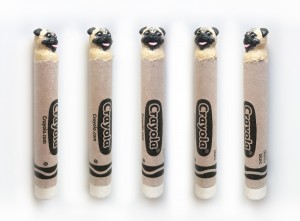 What’s to come from Wax Nostalgic?
What’s to come from Wax Nostalgic?
I’m always creating new carvings. People request custom orders all the time so I never know what I’ll be making next. That, along with art shows I participate it, makes sure I never get bored with what I do. I get asked a lot to share time lapse videos of myself carving so I think that’ll be something I look into in the future.
Words you live by?
Get busy living or get busy dying.
Other activities and hobbies you enjoy?
I’m a pretty big TV junkie. I enjoy reading fantasy novels. I like video games and board games but don’t often have time to play them.
Wax Nostalgic was created by Hoang Tran of Pittsburgh, PA. Originally from California, Hoang creates incredibly detailed miniature sculptures out of crayons. Follow along today on Instagram, Facebook, and Tumblr. Buy your own Wax Nostalgic miniature crayon carving on Etsy!
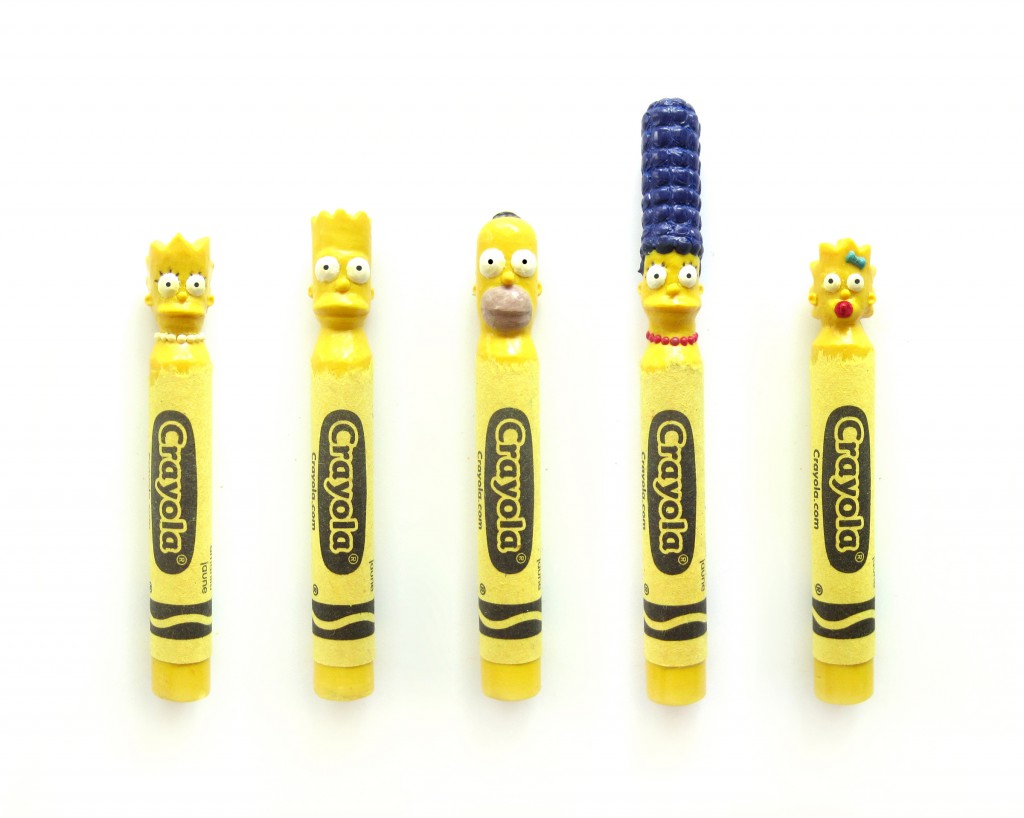
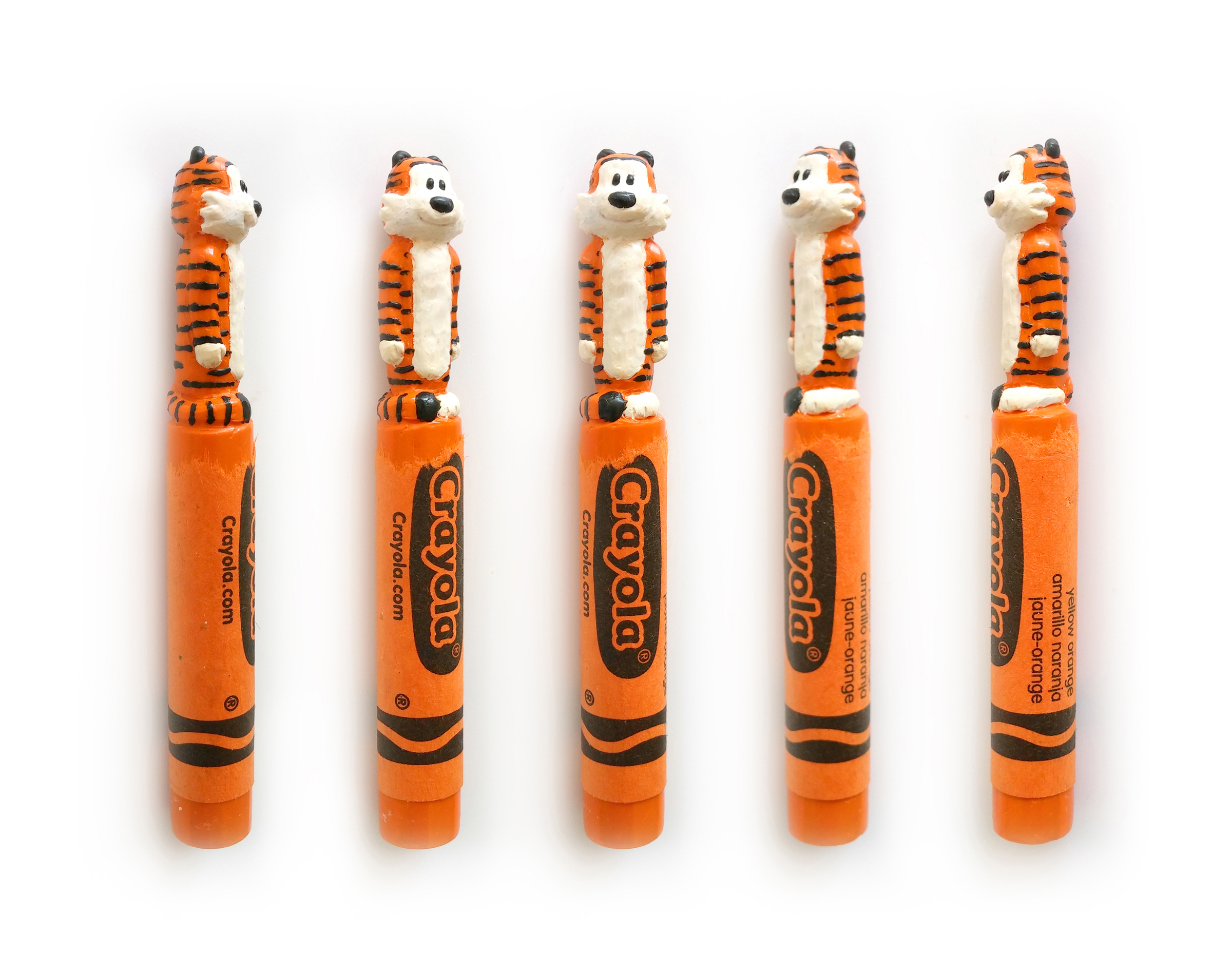
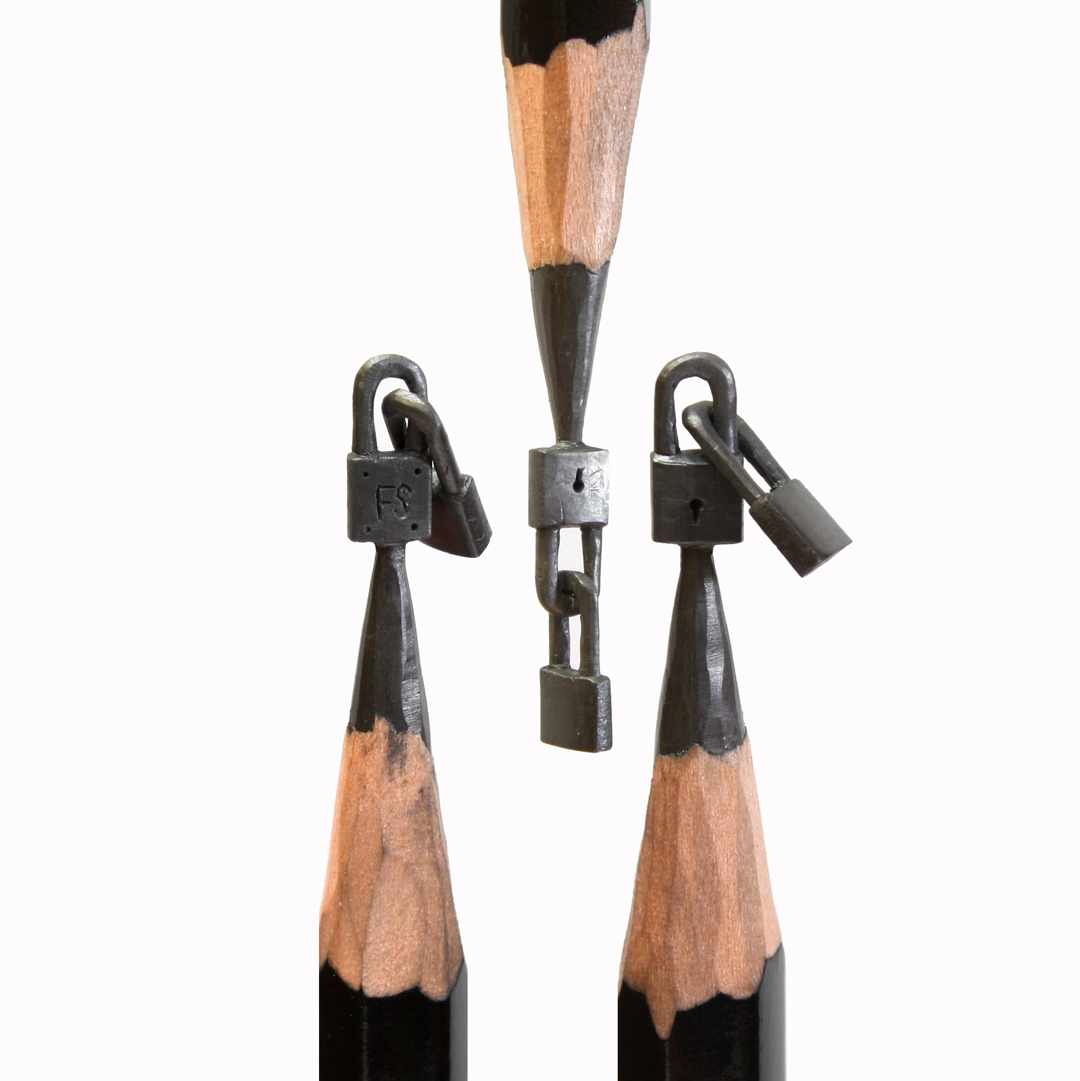
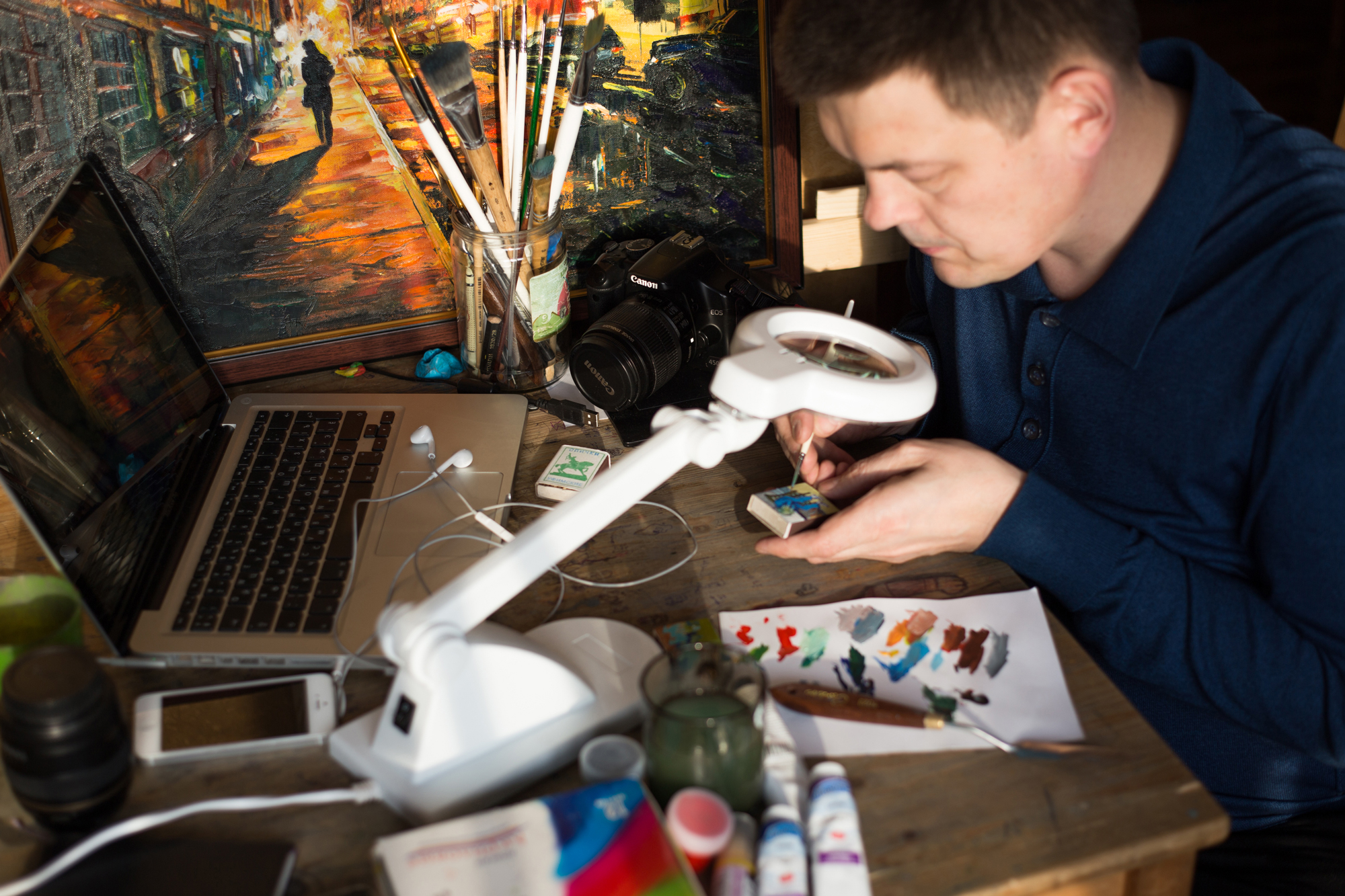
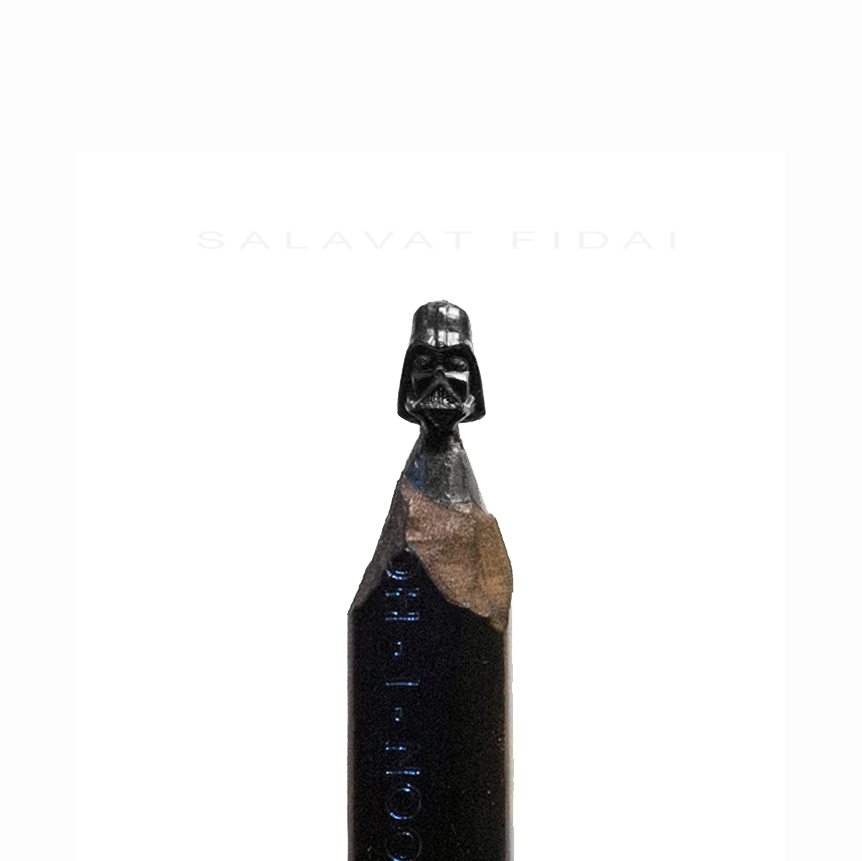
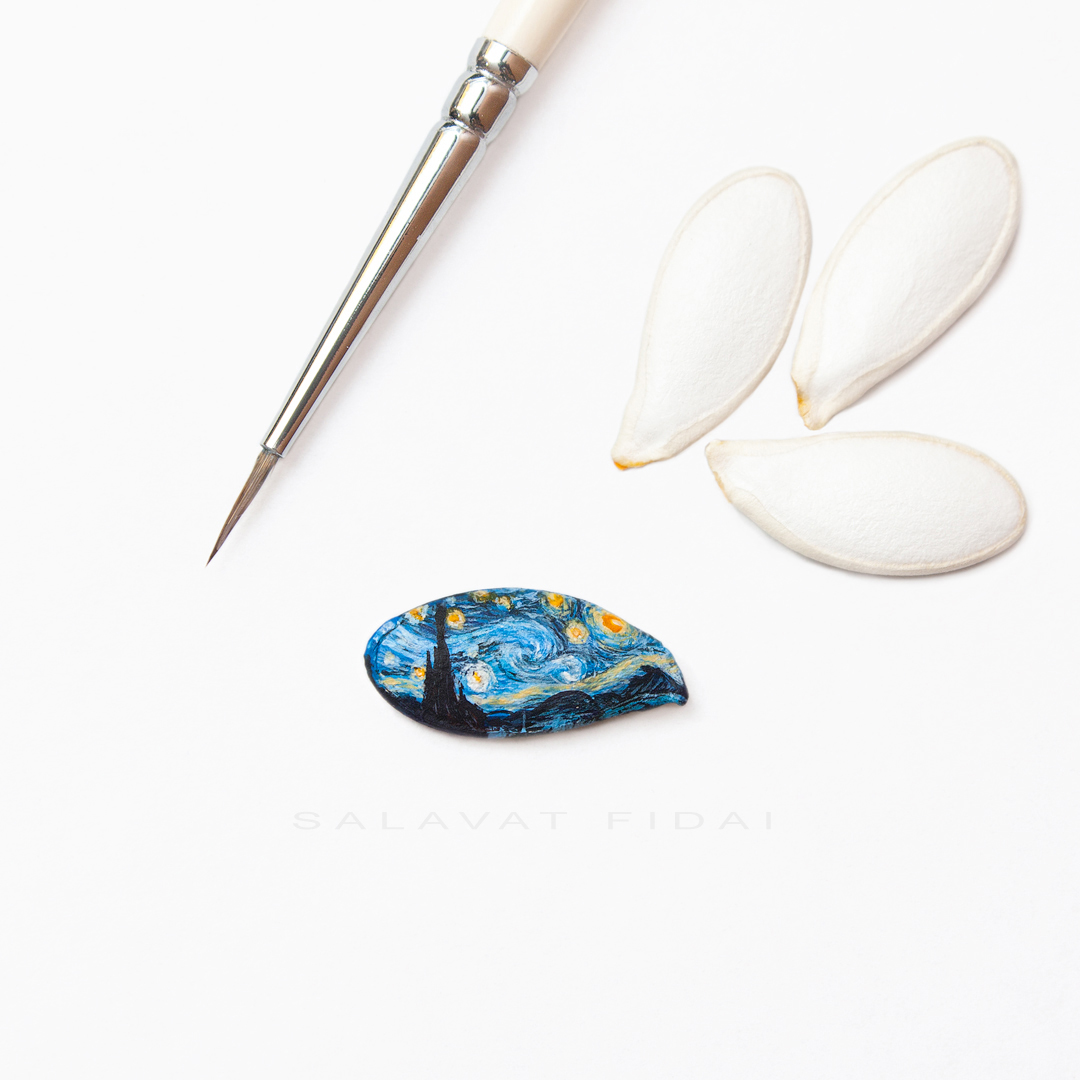
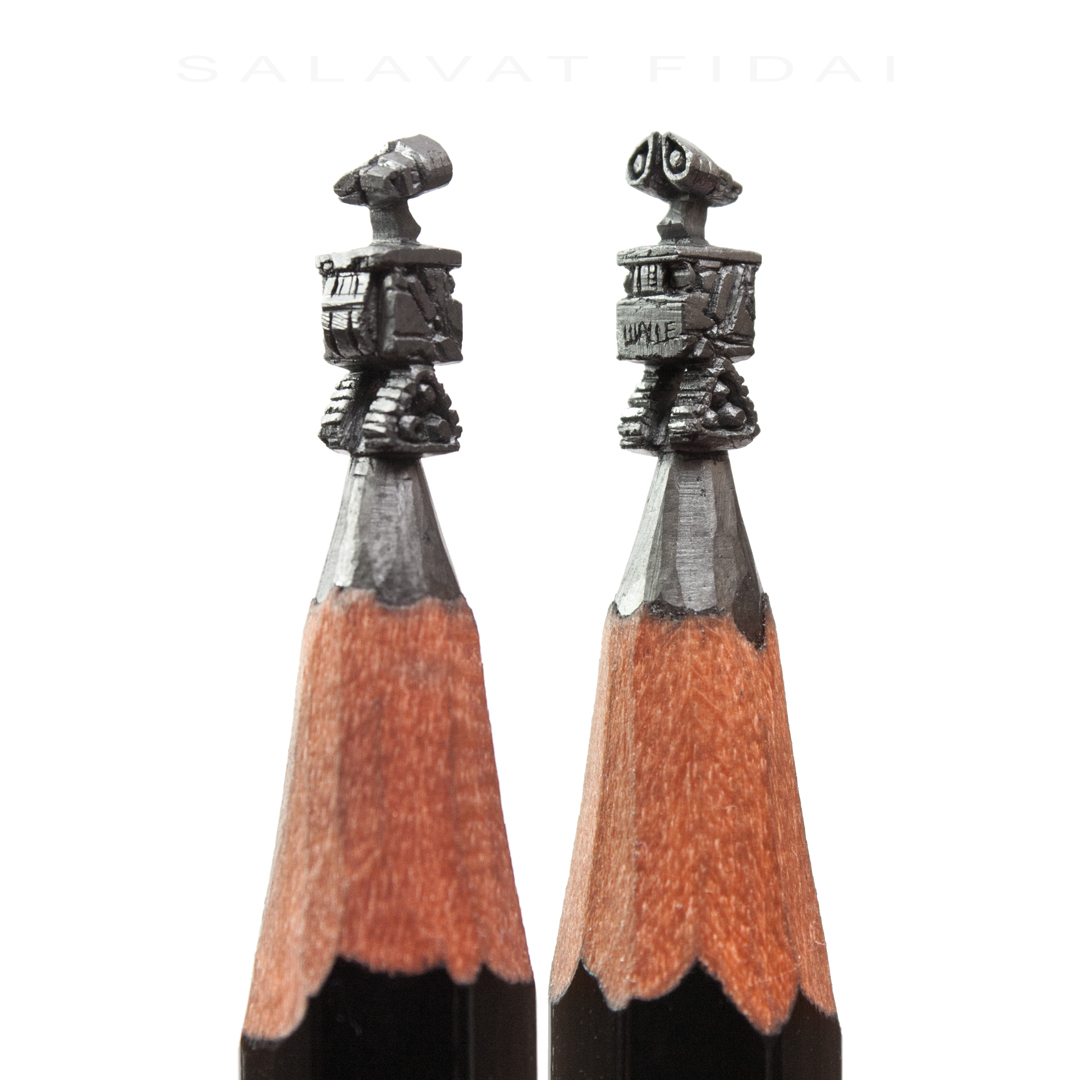
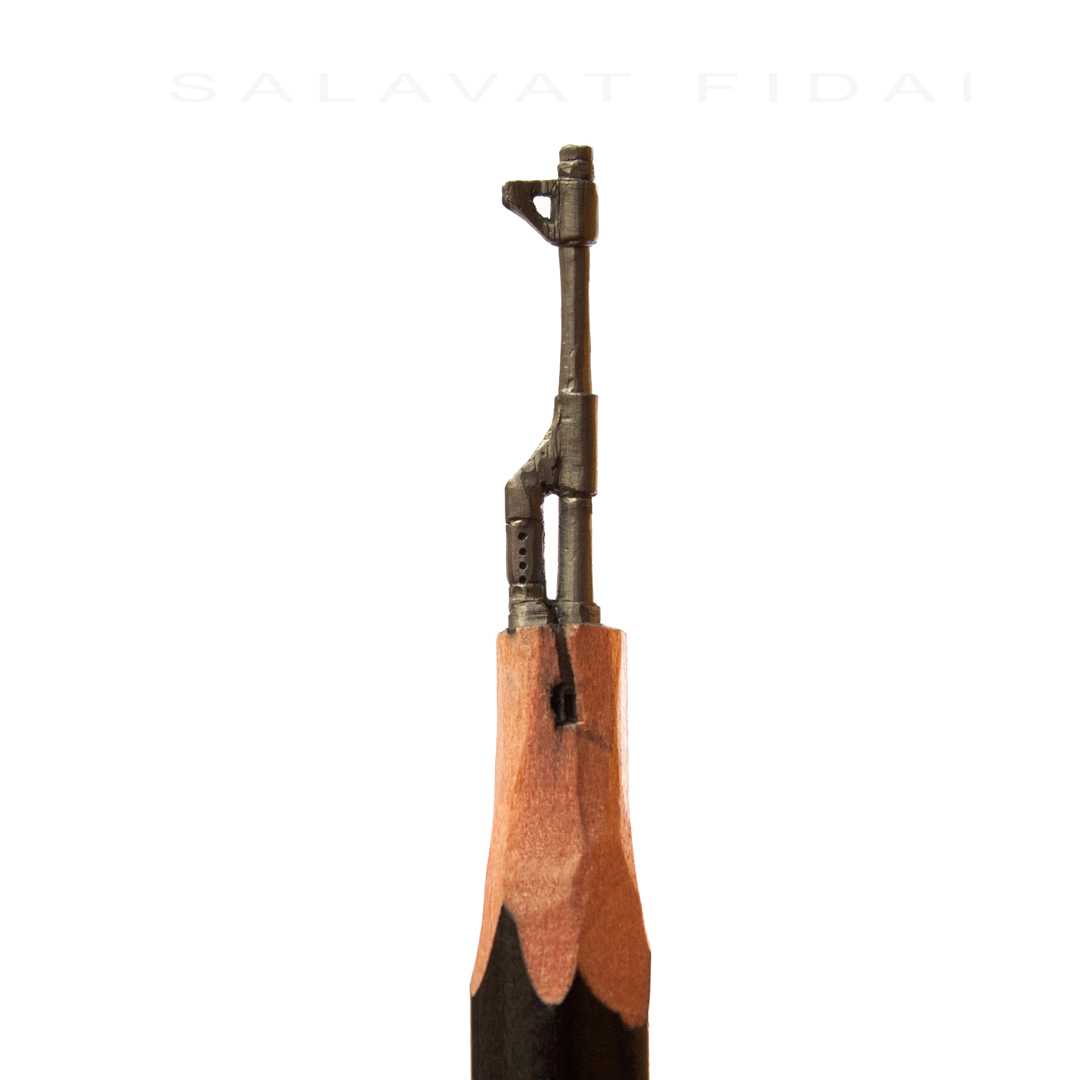
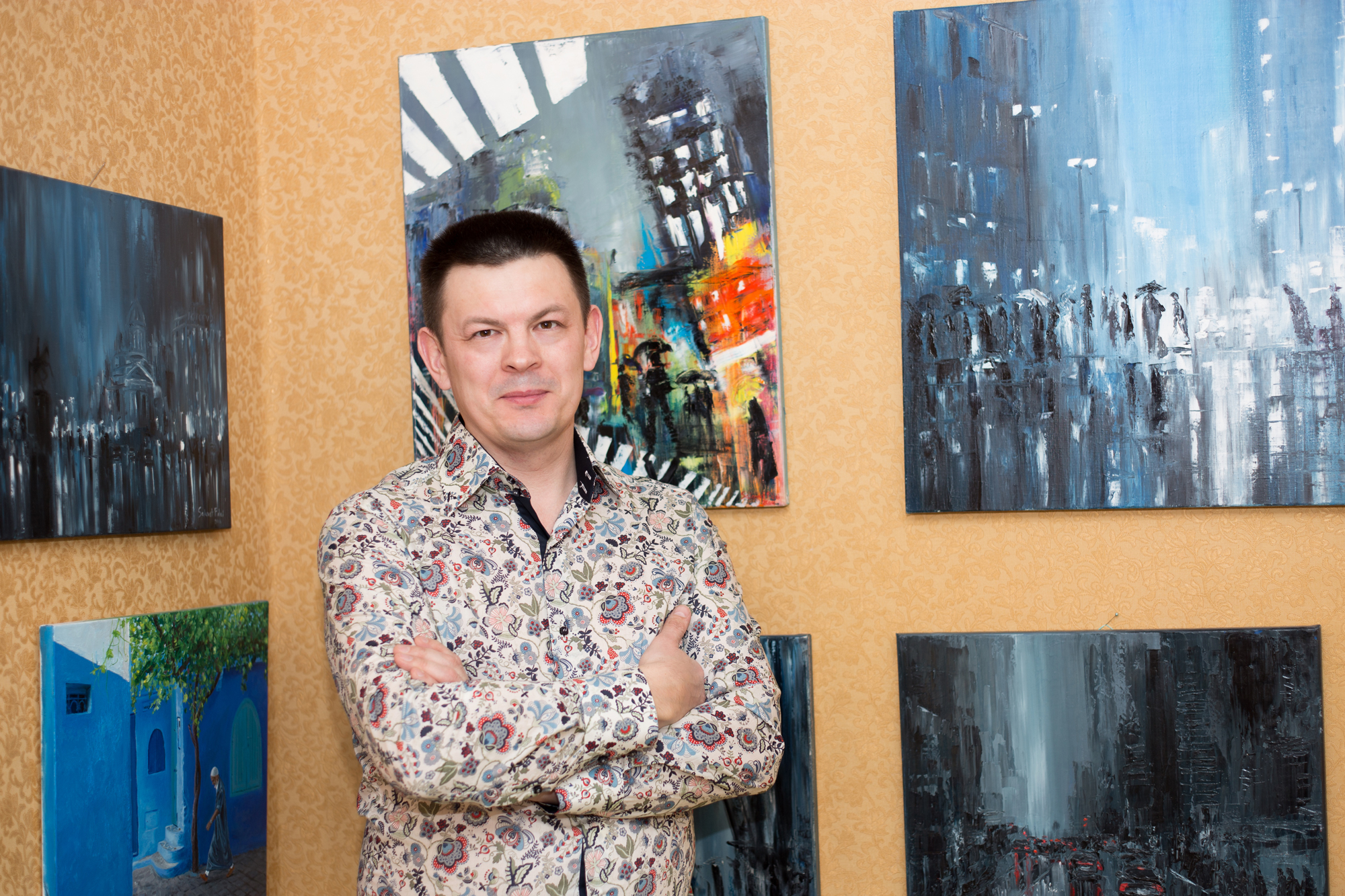
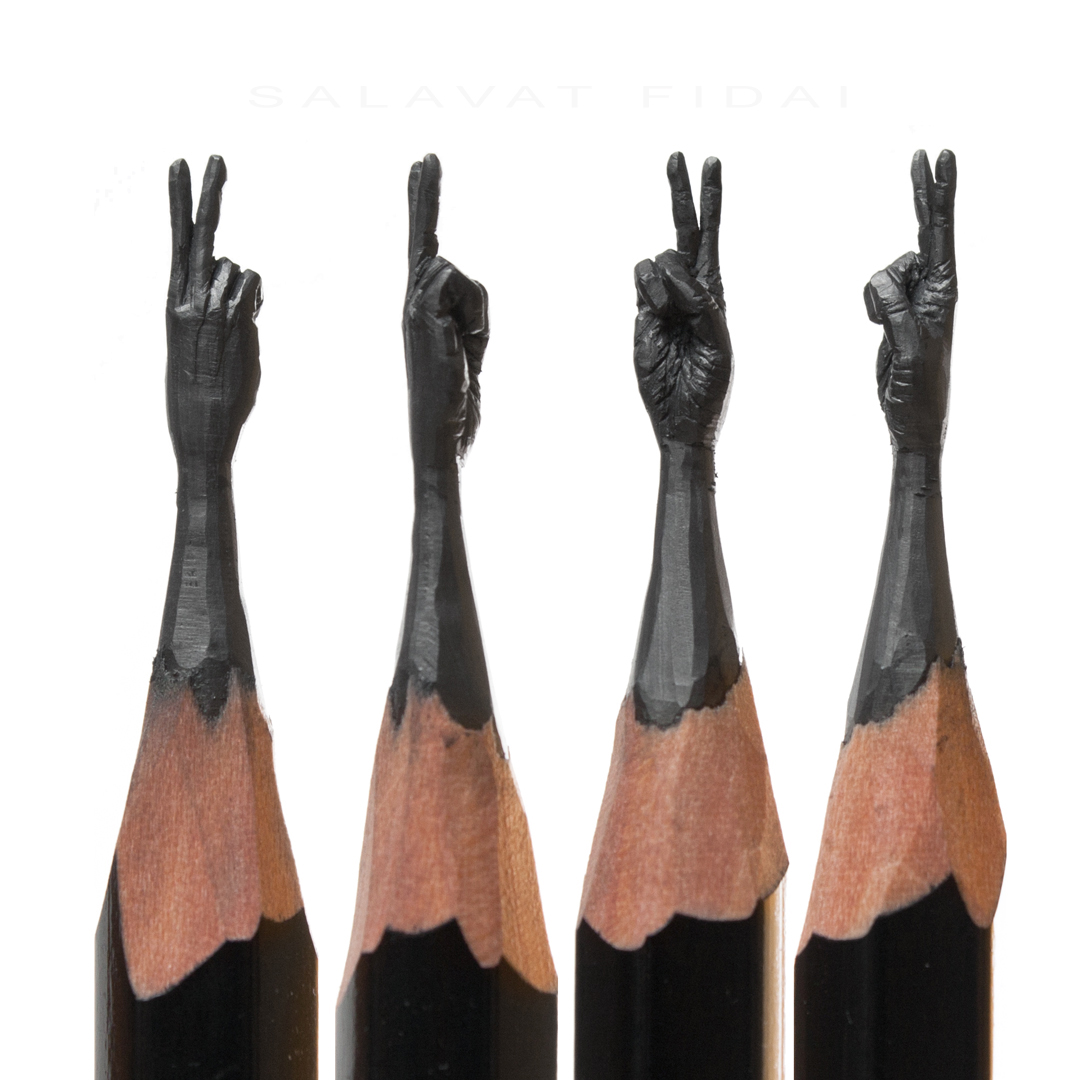

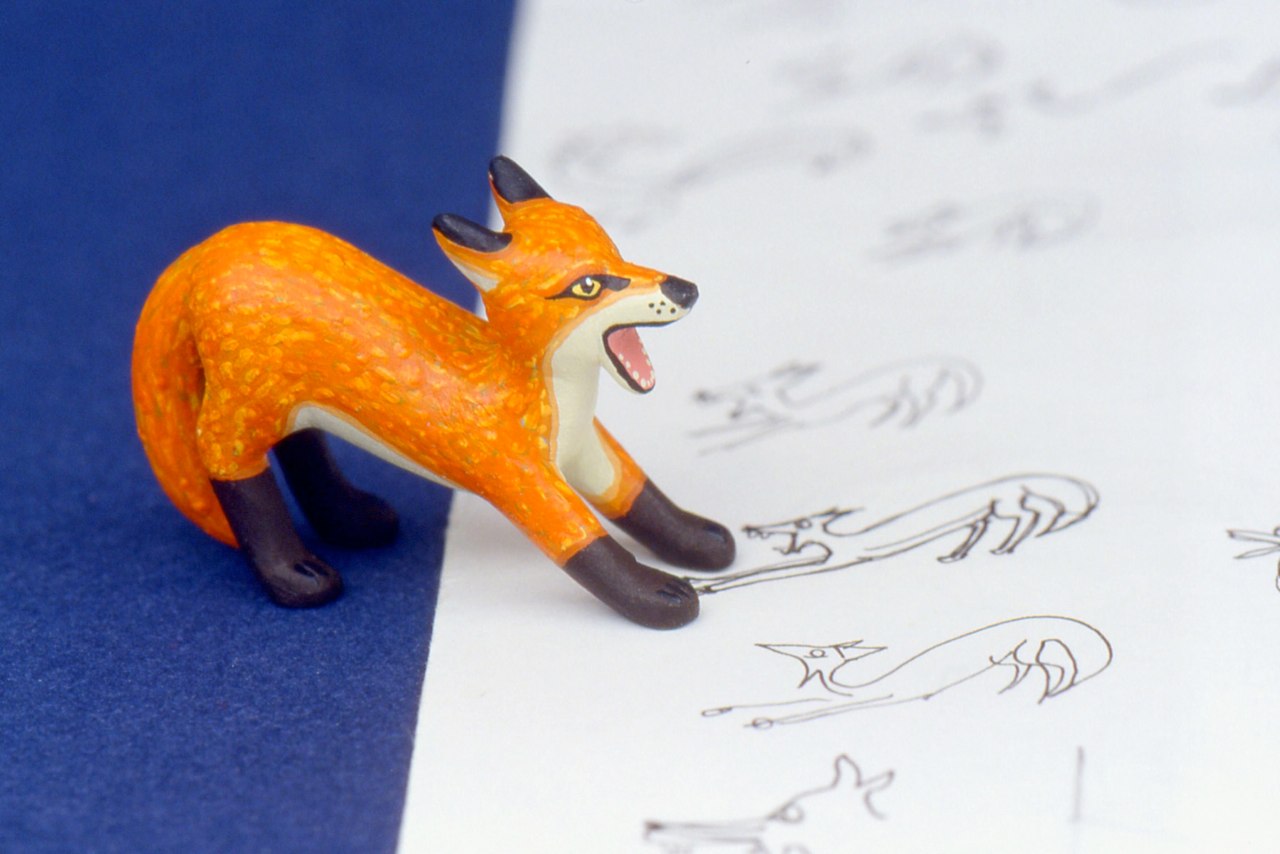
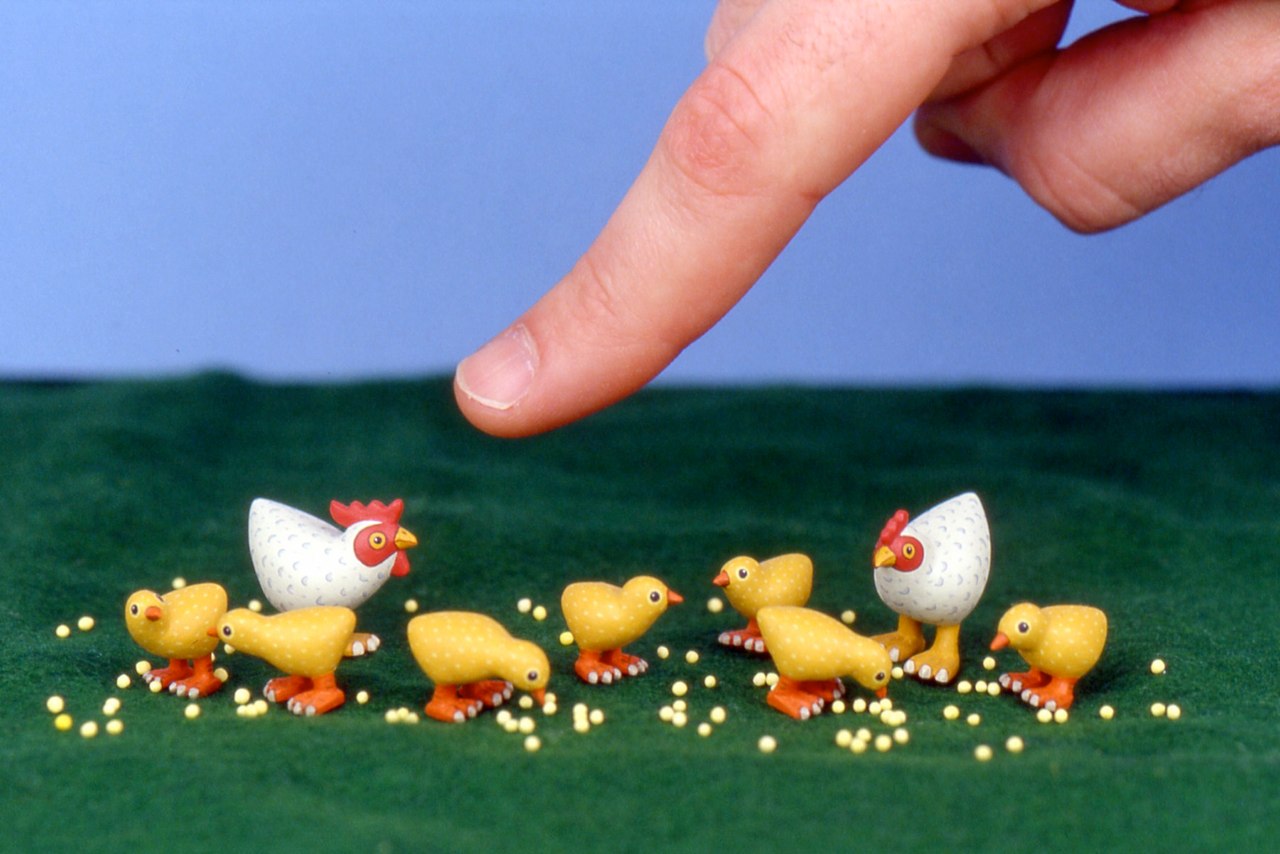
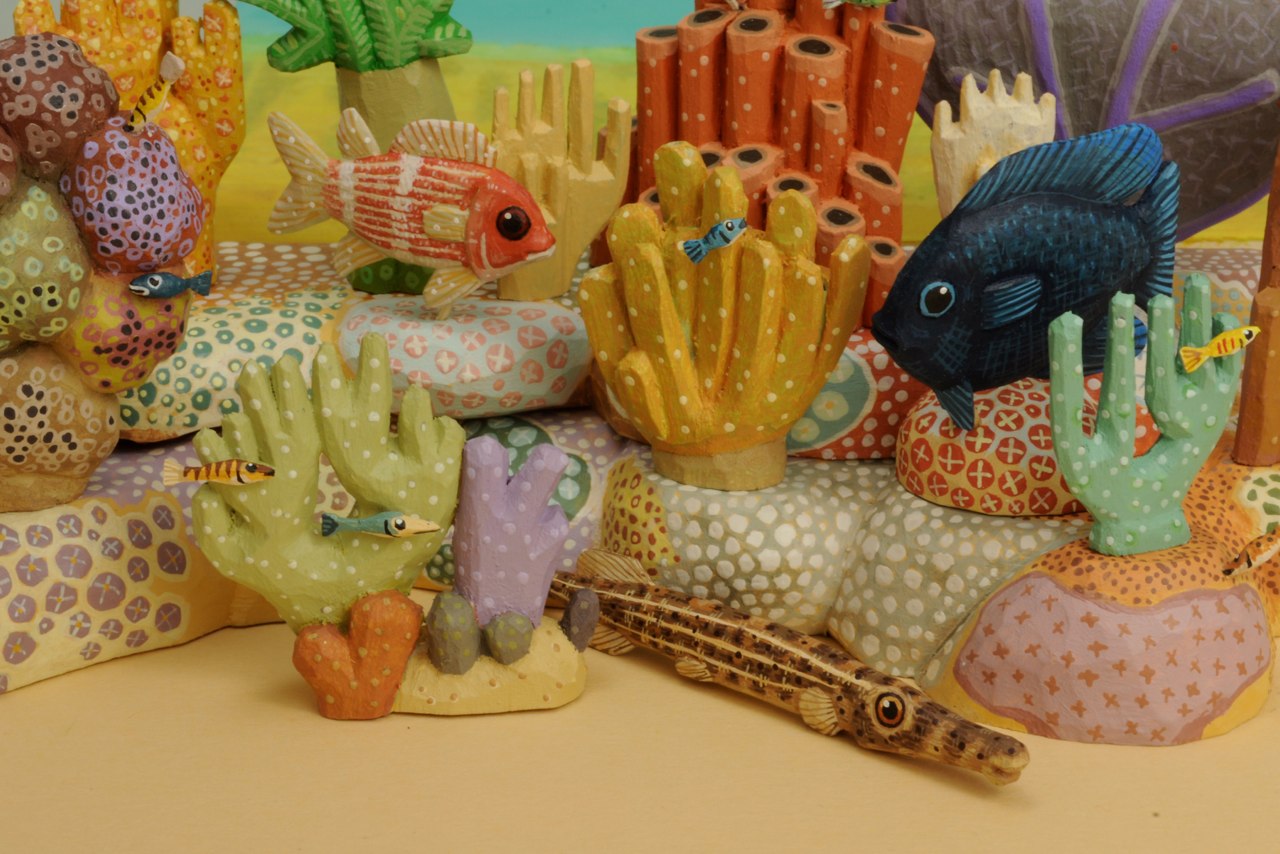
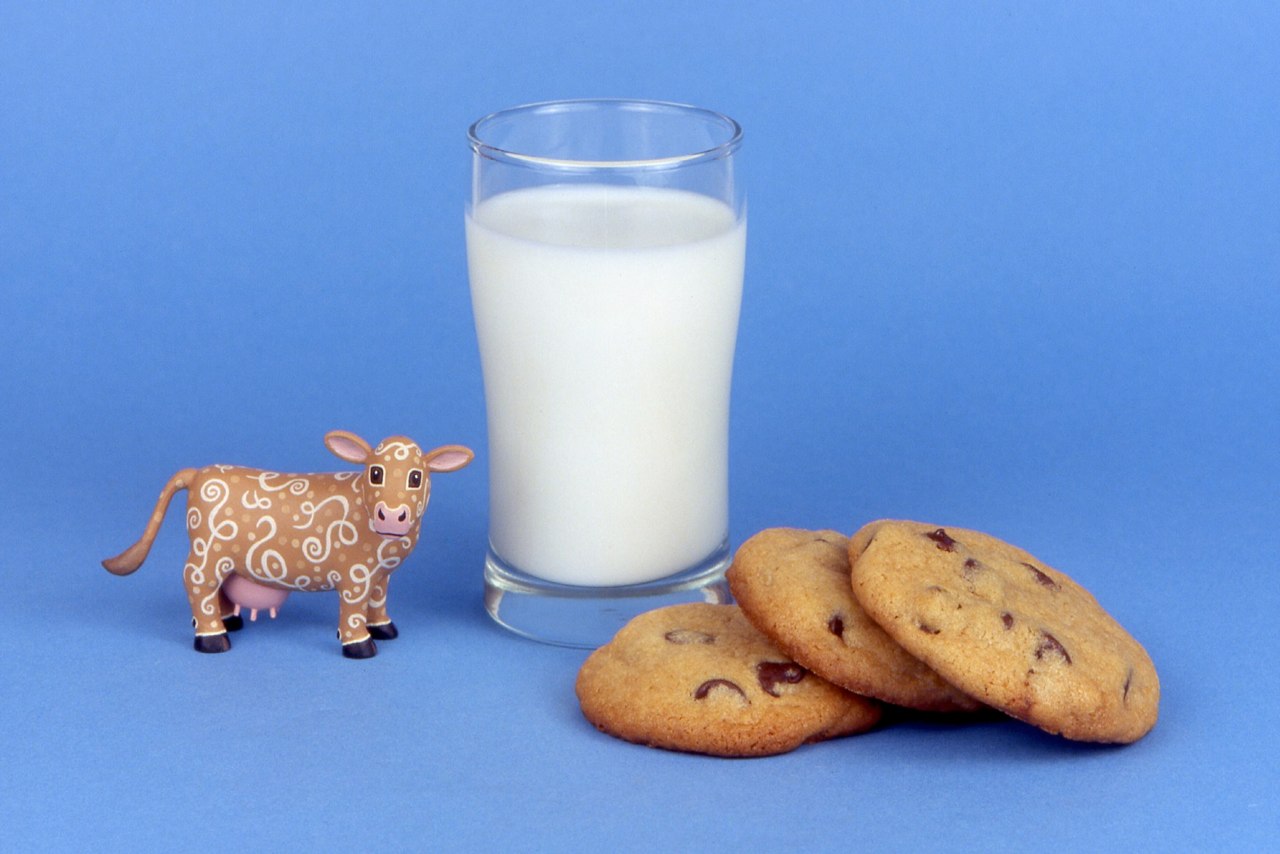
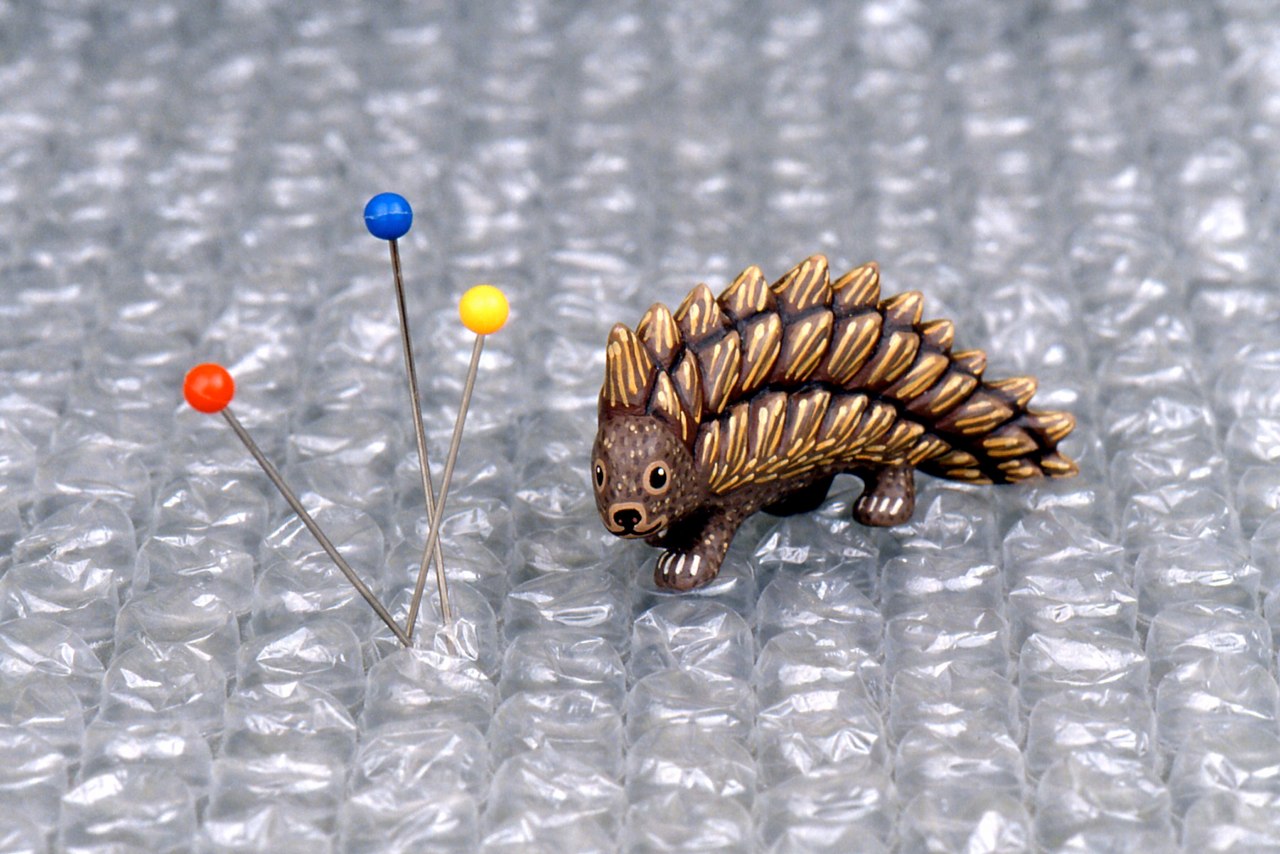
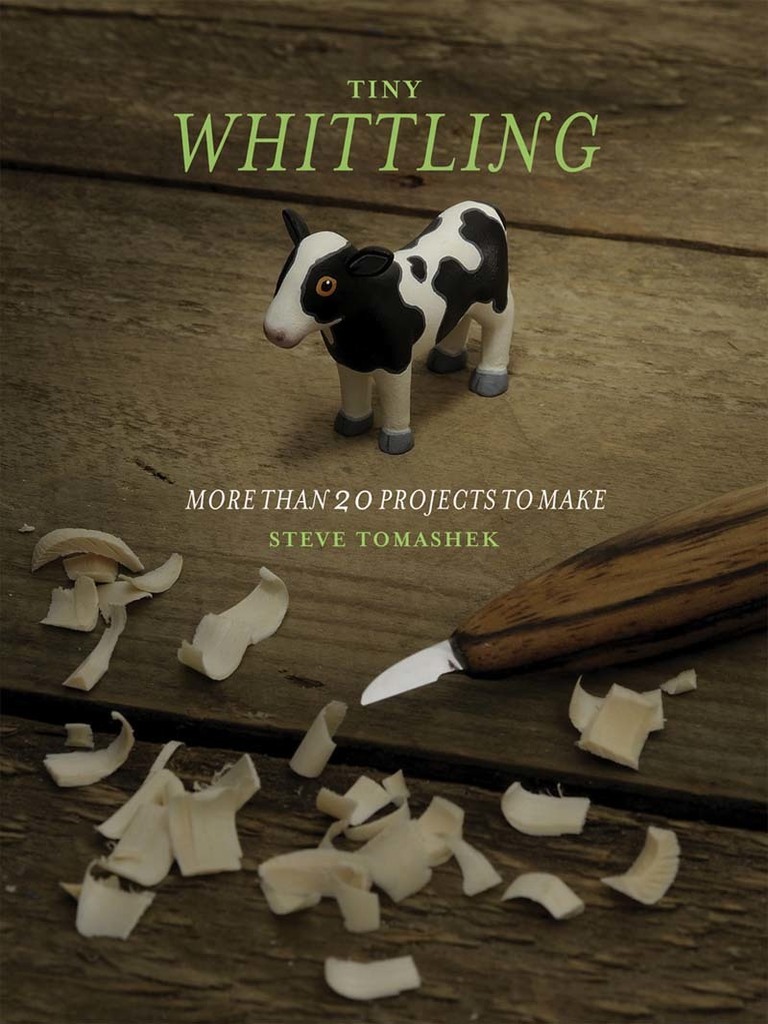 Carving every day provides a rhythm to my life. Previously, I would carve for 12-16 hours at a time and then crash. I have found a better balance today where I can divide my time between other projects. I enjoy writing, working on projects in the garden, and spending time with my wife and animals. I work on
Carving every day provides a rhythm to my life. Previously, I would carve for 12-16 hours at a time and then crash. I have found a better balance today where I can divide my time between other projects. I enjoy writing, working on projects in the garden, and spending time with my wife and animals. I work on 